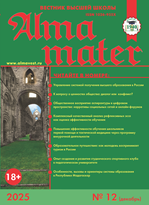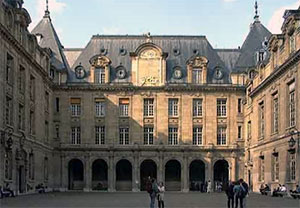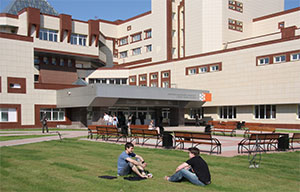UDC 378.147
https://doi.org/10.20339/AM.04-19.090
A.R. Gerasimov is Cand.Sci. (Engineering), doc. e-mail: acerasi1953@yandex.ru; and A.M. Lopotkin is senior lecturer e-mail: alexei-lopotkin@yandex.ru at Nizhny Novgorod State University of Engineering and Economics
Presented is the analysis of directions of development of cross-disciplinary approach in educational process at technical university. The essence of cross-disciplinary integration in retrospective and at present stage is shown by the author. The concept of integrated approach is studied, problems of it’s realization in section of inter-disciplinary of educational process are considered. The model of development of cross-disciplinary approach in educational process at technical university within such direction as formation of professional competence of pupils is offered. Conclusion is drawn, that cross-disciplinary approach is the integral element of organization of educational process at technical university.
Key words: cross-disciplinary approach, integration, technical university, professional competence, educational process, professional qualities, professional mobility.
References
1. Krivorotova, T.A. Integration as a factor of development of education of new quality. In: Economy. Law. Education: regional aspect. Nizhny Novgorod, 2010. P. 233–238.
2. Krivorotova, T.A. Socio-cultural character of educational processes through the prism of modernization of social humanitarian knowledge. In: Education. Economy. Law: the process of transformation and criteria of effectiveness. Moscow, 2011. P. 481–482.
3. Kryuchkov, V.A. Integration of content of educational process as way for improvement of communicative competence of practice teacher. Ryazan, 2003.
4. Liferov, A.P. Global education as the way to integration of the world educational space. Moscow, 1997.
5. Portal FGOS VO. URL: http://fgosvo.ru/
6. Shestakova, L.A. Formation of the fond of evaluation means in the process of cross-disciplinary integration at modern university. Vestnik NGTU n.a. R.E. Alexeev. 2012. No. 4. P. 102–104.











.png)






